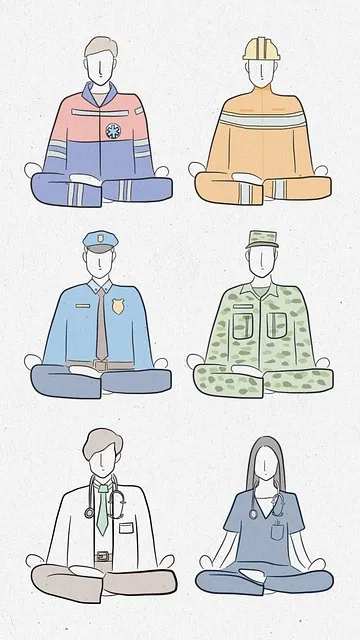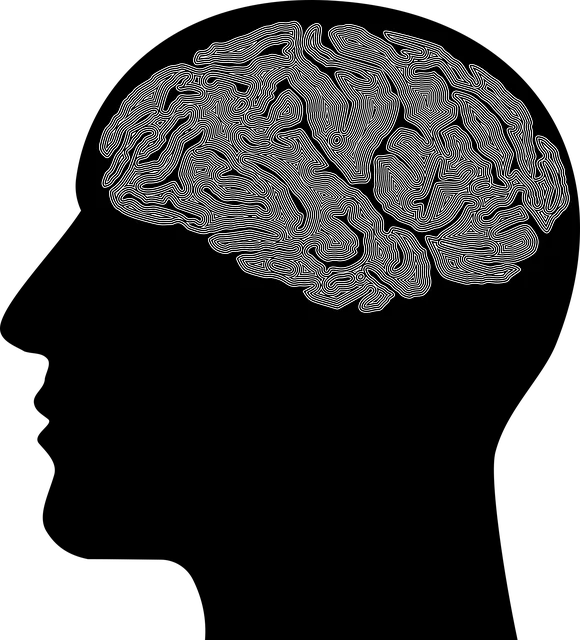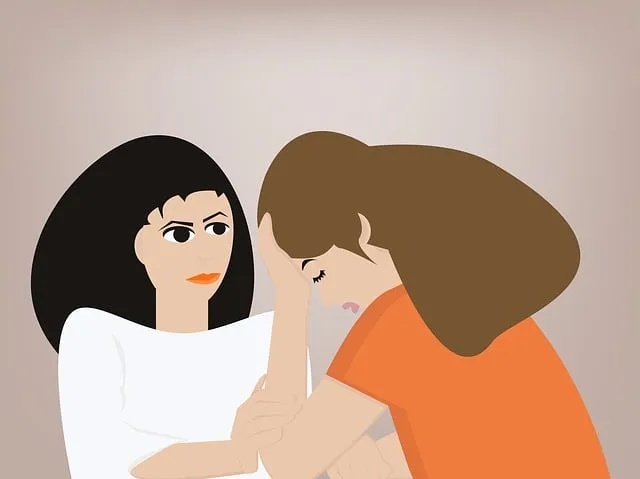The media's portrayal of mental illness significantly impacts public perception, with positive representations reducing stigma and promoting compassion, while negative depictions perpetuate stereotypes. Kaiser Permanente behavioral health providers in Castle Rock are leading the way in combating mental illness stigma through community outreach, evidence-based practices, and advocacy. However, media often falls short, perpetuating myths and limiting access to help in underserved areas like Castle Rock. Accurate storytelling requires collaboration between industry professionals, experts, and affected communities, with Kaiser Permanente providers actively involved in content creation. This approach fosters empathy, challenges stereotypes, and encourages early intervention, ultimately improving mental health support and treatment availability.
In today’s media landscape, accurate representation of mental illness is crucial for shaping public perception. This article explores the impact of media portrayal on mental health, focusing on strategies to challenge stigma. We examine successful initiatives like those by Kaiser Permanente and Castle Rock, highlighting their efforts in promoting understanding. Key challenges in depicting behavioral health accurately are identified, followed by practical strategies involving expert collaboration and community engagement. Ultimately, this comprehensive approach aims to foster positive media representations of mental illness.
- Understanding the Impact of Media Portrayal on Mental Health Perception
- The Current State: How Kaiser Permanente and Castle Rock Address Stigma
- Identifying Challenges: Gaps in Accurate Representation of Behavioral Health
- Strategies for Improvement: Collaborating with Experts and Community Members
- Implementing Change: A Comprehensive Approach for Positive Media Depictions
Understanding the Impact of Media Portrayal on Mental Health Perception

The media’s portrayal of mental illness can significantly shape public perception and understanding of various psychological conditions. For instance, when Kaiser Permanente behavioral health providers in Castle Rock depict individuals with mental health challenges, it influences how society views and treats these patients. Positive representations that showcase recovery stories and emphasize the resilience of those affected can foster compassion and reduce stigma. On the other hand, negative or inaccurate portrayals may perpetuate stereotypes, leading to a lack of empathy and increased isolation for people struggling with their mental well-being.
Understanding this impact is crucial when it comes to challenging societal norms surrounding mental health. By encouraging more nuanced and empathetic media narratives, self-care practices like mindfulness, mind over matter principles, and even compassion cultivation practices can be promoted, creating a supportive environment for those seeking help. This shift in representation may ultimately encourage individuals to seek treatment and support without fear of judgment or further marginalization.
The Current State: How Kaiser Permanente and Castle Rock Address Stigma

Kaiser Permanente and Castle Rock are leading the way in challenging mental illness stigma through innovative approaches. The organization’s behavioral health providers actively engage with the community, implementing a robust Community Outreach Program that fosters open dialogue about mental wellness. This initiative helps to break down barriers and encourages individuals to seek support without fear of judgment.
In addition, Castle Rock emphasizes evidence-based practices grounded in Mind Over Matter Principles, empowering individuals to take charge of their mental health. Their Mental Health Policy Analysis and Advocacy efforts further contribute to a more inclusive and supportive societal narrative, ensuring that those facing mental illness are met with understanding and compassion rather than stigma.
Identifying Challenges: Gaps in Accurate Representation of Behavioral Health

The media’s portrayal of mental illness often falls short of accurately reflecting the complexities and nuances of behavioral health. This gap in representation is particularly evident when examining the rare instances where mental health education programs are featured. Typically, media narratives either stereotype individuals with mental illnesses or portray them as entirely inaccessible, failing to capture the spectrum of experiences. For instance, characters struggling with conditions like depression or anxiety are often depicted as intensely dramatic or utterly helpless, reinforcing outdated and harmful myths.
These inaccuracies can be particularly detrimental in communities where access to Kaiser Permanente behavioral health providers in areas like Castle Rock is limited. The media plays a significant role in shaping public understanding of mental wellness and emotional well-being promotion techniques. Therefore, it is crucial to address these gaps through more thoughtful storytelling that educates audiences while challenging stigmatizing stereotypes. By doing so, we can foster a more supportive environment for those seeking help and encourage early intervention.
Strategies for Improvement: Collaborating with Experts and Community Members

Improving mental illness representation in media involves a collaborative effort between industry professionals, experts in behavioral health, and members of the communities affected by these issues. One key strategy is to engage Kaiser Permanente behavioral health providers in content creation and advisory roles. Their expertise can ensure that portrayals are accurate and respectful, reflecting the diverse experiences of individuals living with mental illness.
In Castle Rock and beyond, fostering genuine partnerships with local community members who have personal experiences with mental health challenges is vital. This collaboration can help advocate for Mental Health Policy Analysis and Advocacy, promote Mental Health Awareness, and facilitate Coping Skills Development. By involving voices from within the community, media representations become more nuanced, helping to dispel stereotypes and foster empathy among audiences.
Implementing Change: A Comprehensive Approach for Positive Media Depictions

Implementing positive change in media representation of mental illness is a multifaceted approach that involves collaboration between various stakeholders. Kaiser Permanente behavioral health providers in Castle Rock, for instance, have taken the lead by initiating programs like Mental Wellness Coaching to foster understanding and empathy within their communities. These programs not only focus on individual recovery but also promote overall mental wellness coaching and mood management skills.
To ensure sustainable transformation, it’s crucial to invest in healthcare provider cultural competency training. Educating media professionals, content creators, and healthcare staff about the nuances of mental health conditions can lead to more accurate and sensitive portrayals. This holistic approach, combining community initiatives with professional development, paves the way for a more inclusive narrative that challenges stereotypes and promotes compassion, ultimately reflecting the diverse experiences of those living with mental illness.
Media representation plays a pivotal role in shaping public perception of mental illness. By examining the current landscape, identifying challenges such as inaccurate portrayals and stigma, and adopting collaborative strategies involving experts and community members, we can foster positive change. Organizations like Kaiser Permanente and Castle Rock are leading by example through their initiatives aimed at accurate behavioral health depiction in media. A comprehensive approach that includes diverse perspectives is crucial to ensuring mental illness is represented fairly, thereby promoting understanding and reducing stigma in society.






